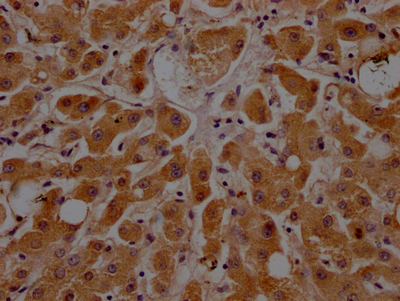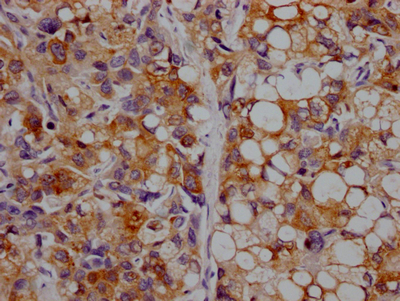APOC3 encodes ApoC-III, an exchangeable apolipoprotein found on chromosome 11q23 in the apoA-I/C-III/A-IV gene cluster. ApoC-III is synthesized by both the gut and the liver, and it may be identified in chylomicrons, VLDL, and HDL in both the postprandial and fasting states. ApoC-III has been shown to inhibit lipoprotein lipase (LPL) and act as a key regulator of triglyceride metabolism, resulting in hypertriglyceridemia and, ultimately, cardiovascular disease. Plasma ApoC-III levels in humans are increased with hyperlipidemia and diabetes. ApoC-III is involved in the formation of atherosclerotic lesions and various other pathological processes associated with atherosclerosis, in addition to controlling triglyceride metabolism.
Genes for APOC3 antibody's heavy and light chains were cloned into plasma vectors, which were subsequently transfected into mammalian cells for expression. The resulting product is the recombinant APOC3 antibody. This recombinant APOC3 antibody was subsequently purified from the culture medium of transfected host cell lines through A synthesized peptide derived from human APOC3. It has verified to detect APOC3 protein Human in the ELISA, IHC.







